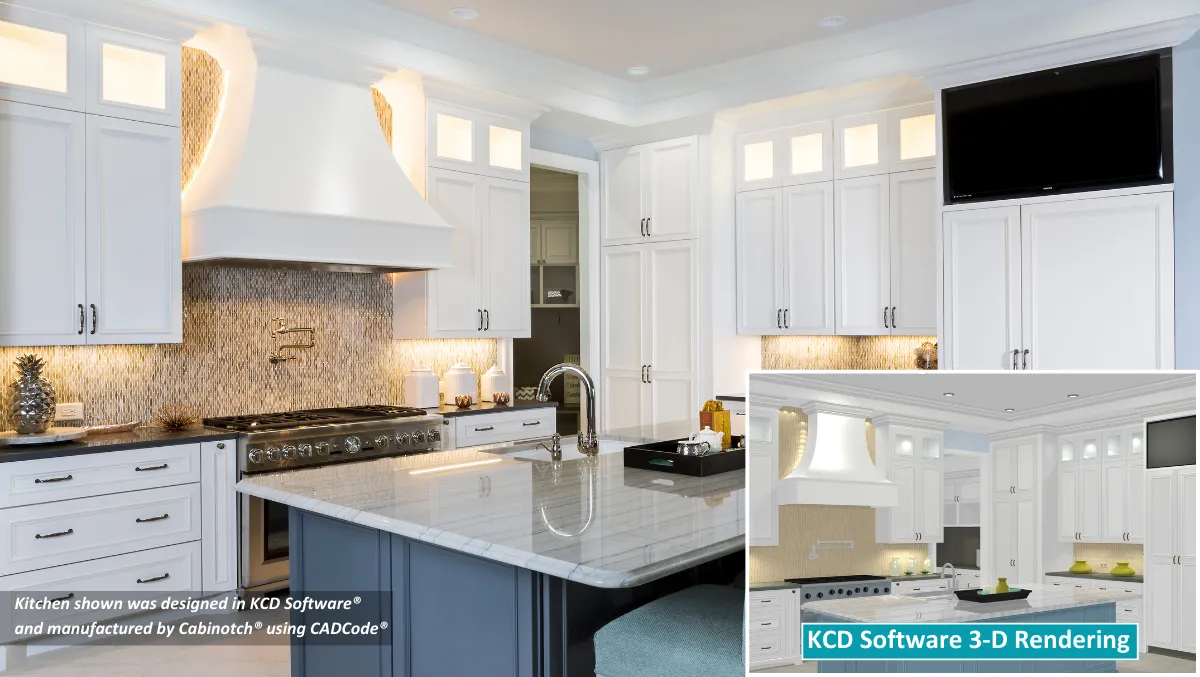Table of Contents
The Future of Lighting
With LED technology advancing to the point that quality products are available at competitive prices, it is time to  start thinking about how this new type of light can be applied to design. In the future, light will be flush to surfaces and embedded for stunning illumination.
start thinking about how this new type of light can be applied to design. In the future, light will be flush to surfaces and embedded for stunning illumination.
Of course there is an electricity savings with LED. That’s a given. When it only takes 11 watts to produce the same light as a 75-watt incandescent bulb there is reduced operational costs. But it also reduces the heat produced by the lamp. A typical 75-watt incandescent light bulb’s surface temperature is around 250 degrees Fahrenheit. In comparison, a quality LED panel runs around 104 degrees Fahrenheit. Simply producing less heat reduces the need to cool interior environments.
 Switching from traditional gas-based lamps to LED lamps for kitchen, bath and home organization can also provide peace of mind. Lights accidentally left on in confined places no longer result in unintentional saunas. And since LEDs do not produce UV light unless specified to do so, clothing and upholstery won’t fade over time.
Switching from traditional gas-based lamps to LED lamps for kitchen, bath and home organization can also provide peace of mind. Lights accidentally left on in confined places no longer result in unintentional saunas. And since LEDs do not produce UV light unless specified to do so, clothing and upholstery won’t fade over time.
LED panels also provide a better quality of light. A typical panel illuminates a room immediately, spreading light quickly and efficiently. There is no delay while gasses are excited. Gas-based bulbs can create uneven lighting and shadows. They also diffuse light, illuminating unnecessary areas. LED lamps are directional, allowing for efficient, targeted illumination. The effect is more like being near a large window than under a burning ball of fire. In this light, colors are more true.
LED panels will soon become the new norm for lighting sources. But as good as LED panels are, the really cool advance from a design perspective is embedded lighting.
Advancing LED technologies allow for lamps to be embedded into normal surface materials. In a bathroom LED tape can be used with custom fixtures to embed light into tile floors, the walls of a shower, behind a mirror, or practically anywhere. LEDs can be installed in waterproof settings and put on a dimmer to create an ambience that traditional lighting simply cannot achieve. LEDs create significantly less heat than gas-based bulbs, and when installed with proper heat-sink and driver technologies, they are cool to the touch. Designs that utilize LEDs can liberally use light with controls such as dimmers to create excellent functional light, or aesthetically pleasing soft washes of light that are not harsh and do not buzz.
Another aspect of light, which has been largely overlooked in the gas-based past, is the color temperature of light. More specifically, at what kelvin is light produced.
Kelvin is a measure of how “hot” (red) or “cool” (blue) light appears. A standard incandescent typically has a maximum kelvin temperature of 2950 K. This is mostly yellow with a tint of white in it. As the light gets older (or is dimmed), it lowers in temperature and will eventually turn an orange color. A high-end chandelier with a warm yellow/orange glow is generally somewhere between 2500K and 2700K.
Metal halide lamps move towards 4100K, which is also called natural white or neutral white. This is a mostly white light with a hint of yellow. It is very common in commercial properties. Fluorescent lighting is within the range of this color temperature.
With the advent of LED came a dramatic shift to Cool White, or 6500K and higher. This is a white light with a strong blue tint. People who have not seen a quality LED, or who are not familiar with the customizability of the semiconductor diodes, may still think that this is the characteristic color temperature for LEDs. However new technologies, designs and the smart use of materials make it possible to shift the color spectrum of LED lamps to essentially any temperature within the visible light spectrum, including warmer incandescent type light. Industrial LEDs can also be specified within the infrared and ultraviolet spectrums.
 Dictating Color Choice for Design
Dictating Color Choice for Design
Some popular colors are Amber (2500K), Warm White (2700K), Commercial Warm White (3000K), Neutral White (4100K), Pure White (5000K), Cool White (6500K) as well as RGB, which can be any color in the rainbow. While the ability to precisely specify color temperature may seem overwhelming, it puts designers in position to truly customize light based on homeowners’ preferences.
For example, Neutral White (4100K) is a very popular color choice for lighting above showers, media rooms and many kitchens (provided they are not going in a traditional direction). Commercial Warm White (3000K) is quickly replacing the warmer 2500 and 2700K as the color of choice for residential applications because it still has the customary yellow color. However, due to the fact that there is more white in the color, it is more efficient at producing light and more accurate in the way it displays on walls.
2500K is a niche lighting color, reminiscent of the soft light put out by a traditional chandelier dimmed to about 70 percent. Cool White (6500K) is the color of choice for exterior security floodlights. It is bright, blue, and harsh and goes a very long way, perfect for illuminating a driveway on a dark rainy night.
Finally, Pure White (5000K) or high-end blends such as Art White (no blue or yellow) are perfect for lighting up vanity mirrors for shaving or makeup. Clothes in a closet will look like the designer intended, and art will appear the same as if displayed outside under natural light. (Without the risk of UV, which slowly fades surfaces.)
Integrating LED lamps is a means to save money over the long term, and a way to create different feelings within home interiors. New applications including bulbs that fit traditional fixtures, flat panels, tapes and embedded diodes show mean that not only is the future bright for LED, the future is now.
Daniel Henderson is the Chief Marketing Officer for LA LED, A U.S. manufacturer of LED lights










